Open Jump Rings, Soldered Jump Rings & Split Rings in Stainless Steel: What’s the Difference & How to Use Them

Jump rings and split rings are small, but they play a huge role in jewelry making.
They hold pendants, charms, and clasps together — and keep everything secure.
When working with stainless steel, you’ll come across three main types:
Open jump rings
Soldered jump rings (closed jump rings)
Split rings
Let’s look at what each type is, when to use them, and how to open or close them properly.
1. Open Jump Rings
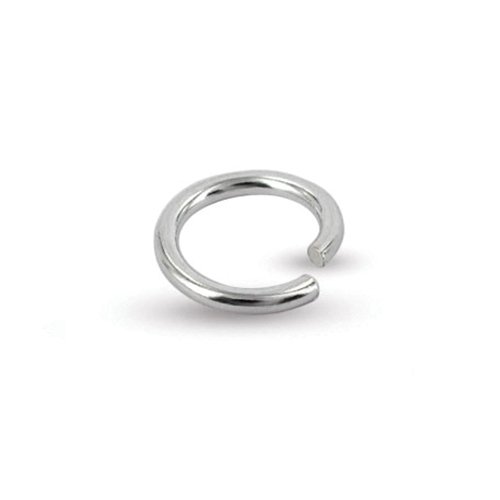
Open jump rings are the most common.
They look like small metal circles with a tiny gap.
Features:
-
Made from round wire, bent into a circle.
-
One small opening allows you to twist it open or closed.
-
Come in many sizes and thicknesses.
-
Stainless steel jump rings are extra strong and keep their shape better than softer metals.
When to use them:
-
Attaching pendants to chains.
-
Connecting clasps to necklaces or bracelets.
-
Joining charms to chain links.
⚙️ How to open and close open jump rings properly:
Never pull the ends apart sideways.
Instead:
-
Hold the jump ring with two pairs of flat-nose pliers (one in each hand).
-
Twist one hand forward and the other backward, like opening a gate.
-
Slide on your charm or clasp.
-
Twist back to close, making sure the ends meet perfectly.
This keeps the round shape and stops the ring from weakening.
2. Soldered Jump Rings (Closed Jump Rings)
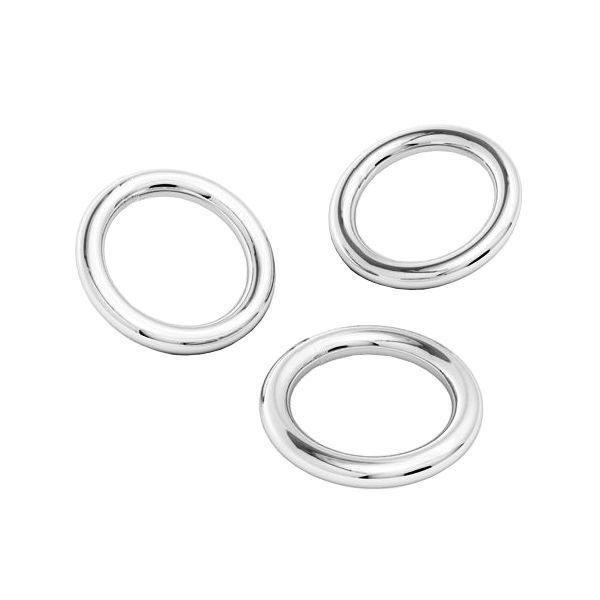
Soldered jump rings, also called closed jump rings, have no gap.
They are permanently closed by soldering the ends together.
Features:
-
Extra strong — they will not open under tension.
-
Often used when you need a permanent, secure loop.
-
Great for stainless steel jewelry that must handle daily wear.
When to use them:
-
At the end of a chain to attach a clasp (especially for heavy pieces).
-
As connecting links in areas where rings should never open.
-
As decorative connectors in earrings or pendants.
⚙️ How to use them:
Since they don’t open, you must:
-
Attach them during the design stage, before closing the other side with an open jump ring.
-
Connect them with another jump ring, split ring, or wire wrap.
3. Split Rings
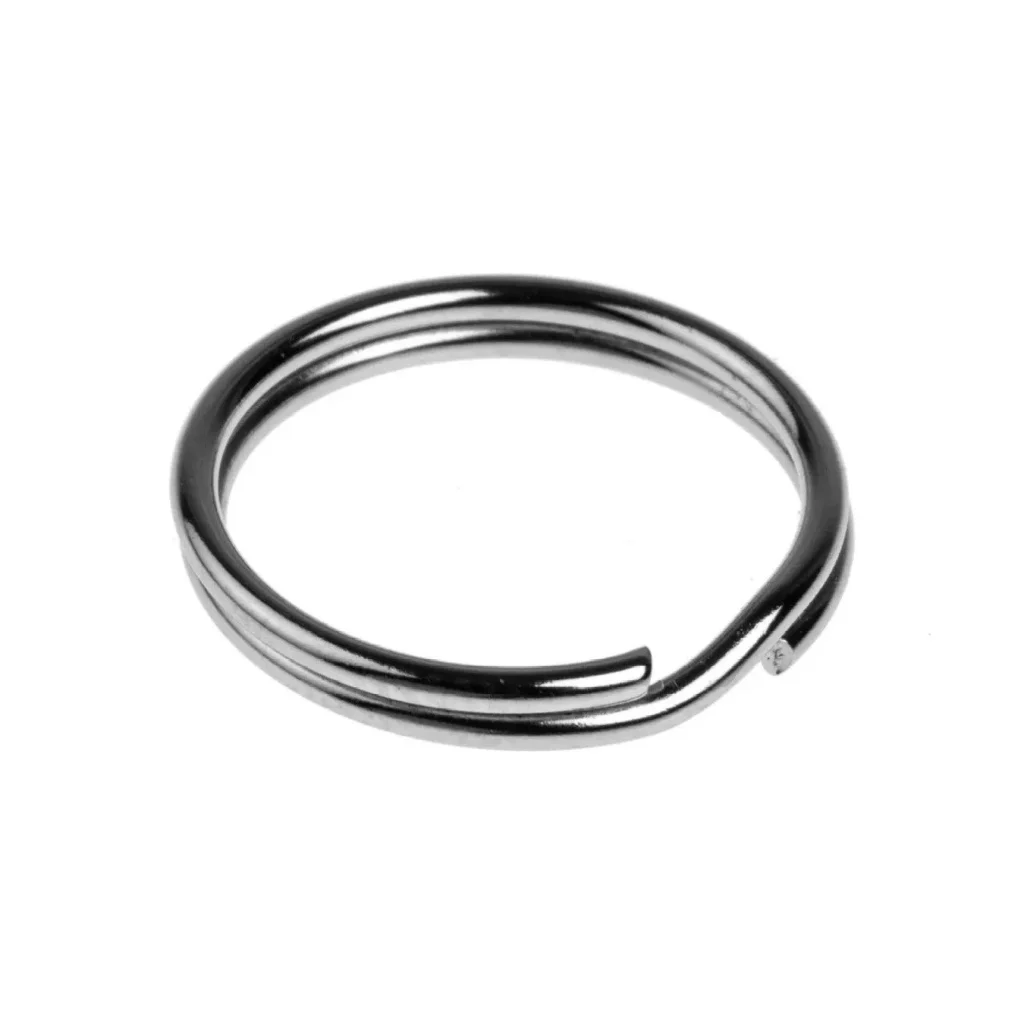
Split rings look like tiny double loops, just like a mini keyring.
They are made from one piece of wire coiled around twice.
Features:
-
Extremely secure — charms or clasps can’t slip off.
-
Harder to open and close, but worth it for added safety.
-
Popular in stainless steel because the metal resists bending open.
When to use them:
-
Attaching keys, charms, or heavy pendants.
-
For items that get pulled or tugged often, like keychains or dog tags.
-
When you want extra peace of mind that nothing will fall off.
⚙️ How to open and close split rings:
Use a split ring tool or your fingernail:
-
Slide the tip of the tool or your nail between the two coils to open a gap.
-
Thread your charm or clasp onto the inner coil.
-
Keep turning until it slides around the ring and comes out the other side.
This works like putting a key on a keyring.
Essential Tools You’ll Need
-
Two pairs of flat-nose or chain-nose pliers (for jump rings).
-
Split ring pliers with a pointed tip to lift the first coil (for split rings).
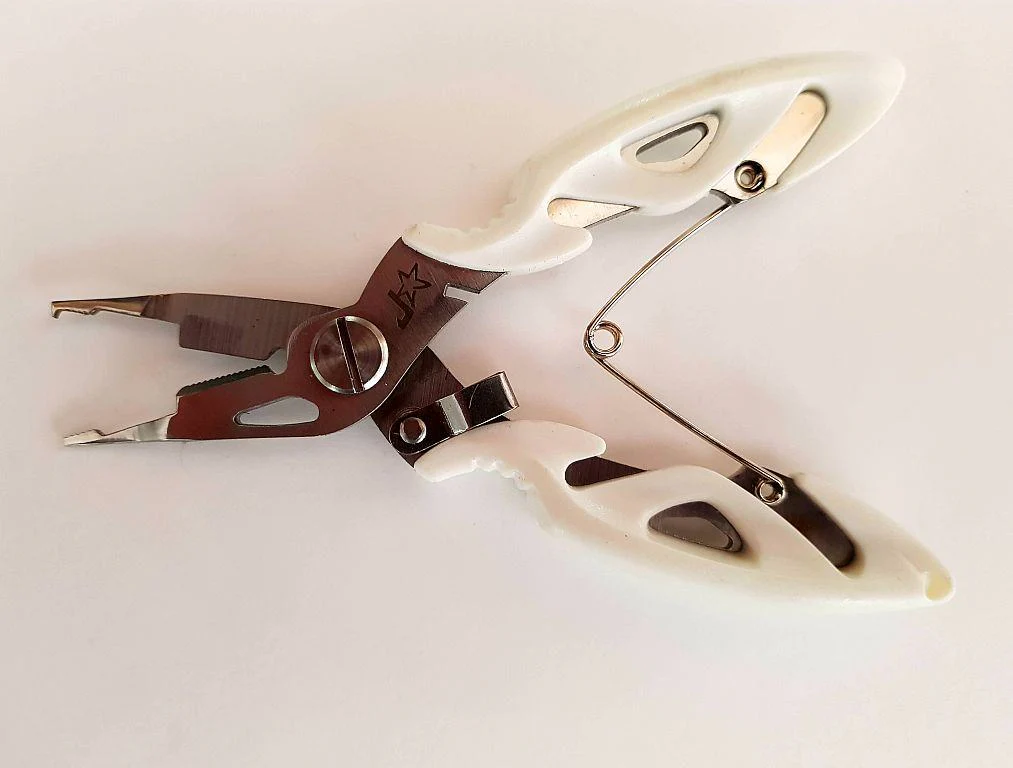
-
Magnifier or good lighting (optional, but very helpful with small rings).
Tips for Best Results in Stainless Steel
-
Stainless steel is harder than copper or silver. Use sturdy, high-quality pliers.
-
Open and close gently but firmly — too much force can warp the ring.
-
Match ring size and thickness to the weight of your piece.
(Thicker jump rings hold heavier items.)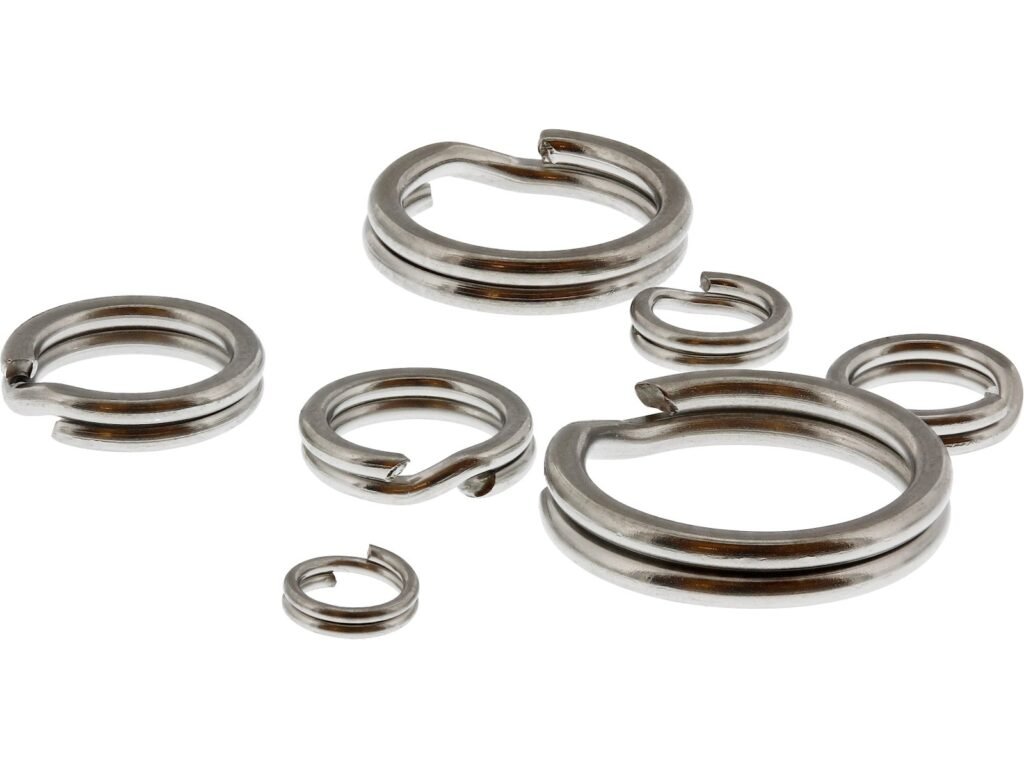
In summary:
| Type | Opens? | Best for |
|---|---|---|
| Open jump ring | Yes, twists open | Everyday connections, pendants, clasps |
| Soldered jump ring | No | Permanent loops, secure connections |
| Split ring | Yes, coils open | Extra secure attachment, heavy charms |
Conclusion
These tiny rings make a huge difference in the strength and finish of your jewelry.
Choosing between open jump rings, soldered jump rings, and split rings depends on:
-
How secure you need the connection to be
-
The weight of your design
-
The look you want to achieve
Mastering the right tools and technique means your stainless steel jewelry will look professional and last a lifetime.
Explore More on Jewellery Crafting
What is the difference between stainless steel headpins and eyepins
From Clasps to Connectors: A Complete Guide
From Clasps to Connectors: A Complete Guide to Stainless Steel Findings and Their Uses When you look at a finished piece of jewelry, you often see the beauty first. But behind every bracelet, necklace, or pair of earrings, there’s a hidden hero: findings. Findings are...

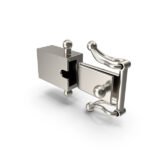
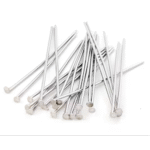
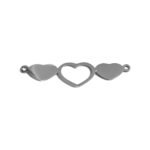
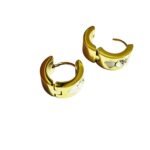
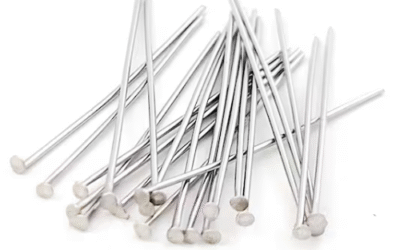
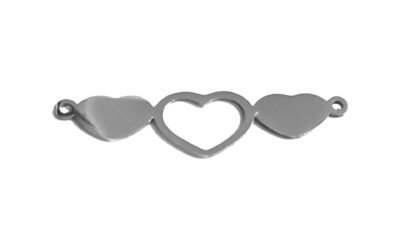
0 Comments